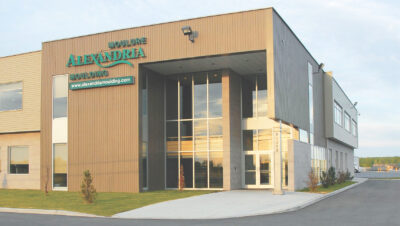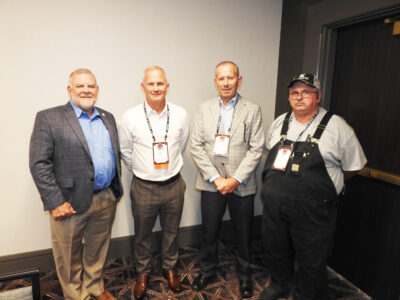The 2024 Election is over. The voters have spoken. President-Elect Trump will return to the White House on January 20, 2025, with significant Republican support in the U.S. House and Senate. While the pivot in leadership will have significant impact on hundreds, if not thousands of issues, the one question many in the hardwood industry are focused on is how the return of a President Trump will impact trade and our ability to export our goods, particularly to China. The memory of the retaliatory tariffs imposed by China on U.S. lumber is still fresh for many in the industry, and concern is high about how a new round will impact our increasingly fragile businesses.
If the Administration holds on to the promises made on the campaign trail, tariffs will be back in a big way. Trump routinely stated he would impose tariffs of at least 60 percent on Chinese goods and 10-20 percent tariffs on goods from the rest of the world. More recently, he has promised 25 percent tariffs on Mexican and Canadian goods and 10 percent increases on Chinese goods. But he has also been adamant that he wants to sell more U.S. products around the world. How the two desired outcomes become a reality is unclear. And if there’s anything we learned during his first presidency, it’s that this is a man who is unpredictable. Exactly how, and how much, tariff pain he will inflict on the rest of the world is unknown and seems to be a moving target. What is on the table at press time for this publication may be changed several times before Inauguration Day.
The rest of the world is better prepared for how a Trump Administration functions and many international companies have adjusted their supply chains that may hold up better than they did four years ago. China’s economy is also in a much different place economically than it was during the first Administration, and they have already begun to take steps in anticipation of new tariffs. To what degree any of this will make a difference is again, a great unknown.
Will tariffs hit all imports or apply only to smaller sets of goods? Will tariffs be used more as a negotiating tool, as he did during his first term? Or will Trump turn to Congress to write legislation that allow duties to become a more permanent fixture? Although some in the anticipated Trump Administration are strong proponents of imposing tariffs, others are less enamored. Who will have the last word?
How aggressively the incoming Trump administration will pursue implementation of the campaign trail tariff threats may be an open question, but how the Hardwood Federation takes proactive action is not. The team in Washington is already putting together a strategy to educate new Congressional members, and remind returning members, about the catastrophic impacts the first trade dispute had on the industry. The American Hardwood Export Council has significant and impactful data to illustrate our concern. We will also be working with our Board, our association executives, and other industry leaders to propose steps the U.S. government can take to insulate the industry should tariffs be imposed.
While trade issues will certainly be at the top of our advocacy agenda for 2025, other very important issues will also be addressed. Additional priority items include:
The Farm Bill: Assuming reauthorization is not realized in the 2024 Lame Duck Session, producing a Farm Bill will be the second major priority for the Federation. The HF Team will advocate for a bill that doubles, or at least maintains, funding for export promotion programs that our sector relies on to open up and sustain overseas markets for U.S. hardwood products. Other areas of focus include grant programs to promote wood markets, as well as forest management reform provisions and language directing the Executive Branch to accept forest-based biomass energy as “carbon neutral” in their policymaking.
Taxes: Restoring key business tax benefits that have been allowed to lapse or begin phasing out, including 100 percent bonus depreciation, higher estate tax limits, and the research and development tax credit, as well as extending the 20 percent tax deductions for pass throughs that expires at the end of 2025. Hill leaders are looking at introducing legislation and completing a tax package in the first 100 days of the year.
Biomass: In addition to our Farm Bill advocacy on biomass, reauthorizing our biomass carbon neutrality appropriations rider and educating incoming EPA officials about the carbon neutral nature of forest biomass energy.
In the coming months we will be reaching out to the industry for help in our efforts, particularly with Members of Congress and Administration appointees in key leadership positions. Stay tuned and get ready! Your political engagement will be essential in 2025!







